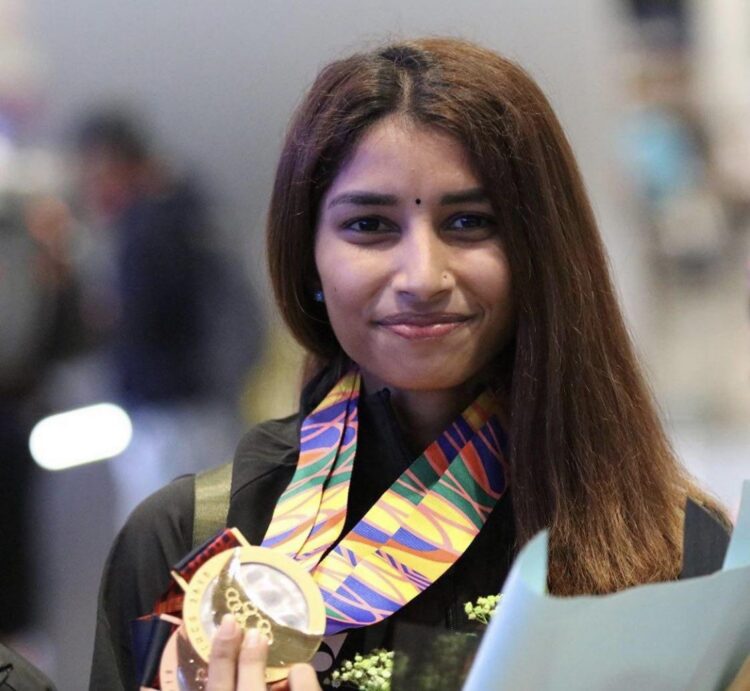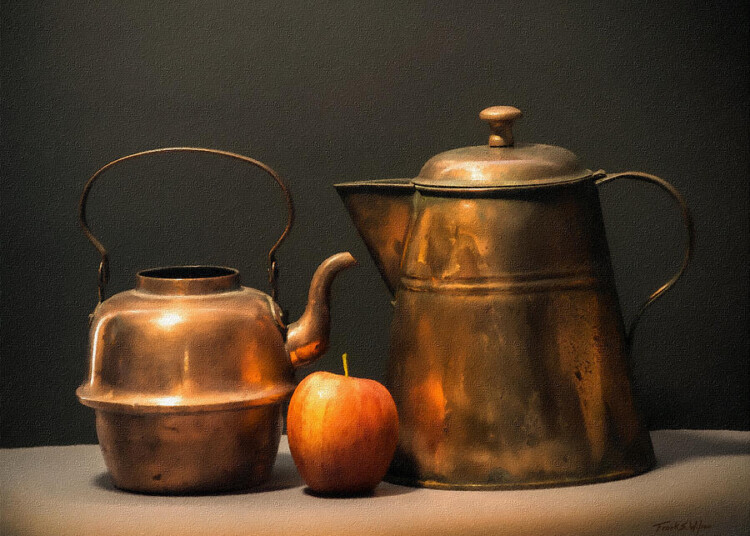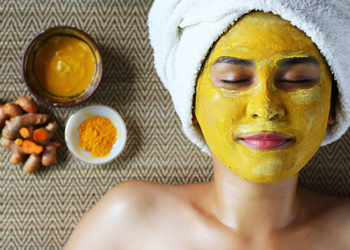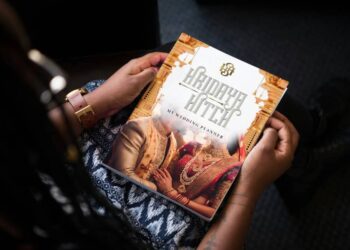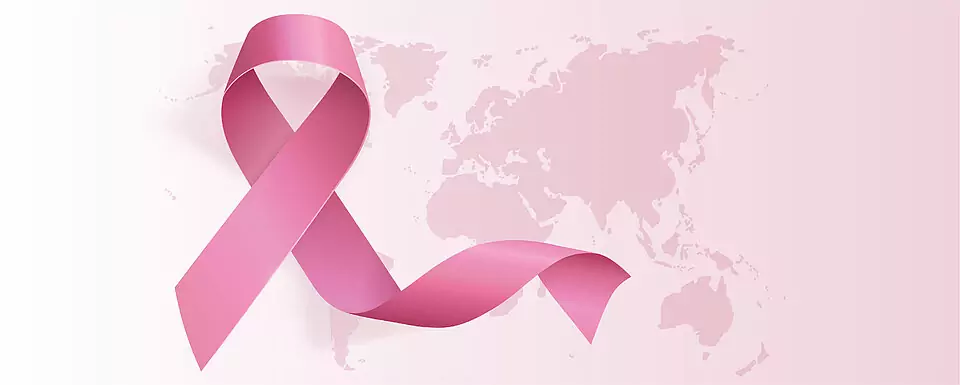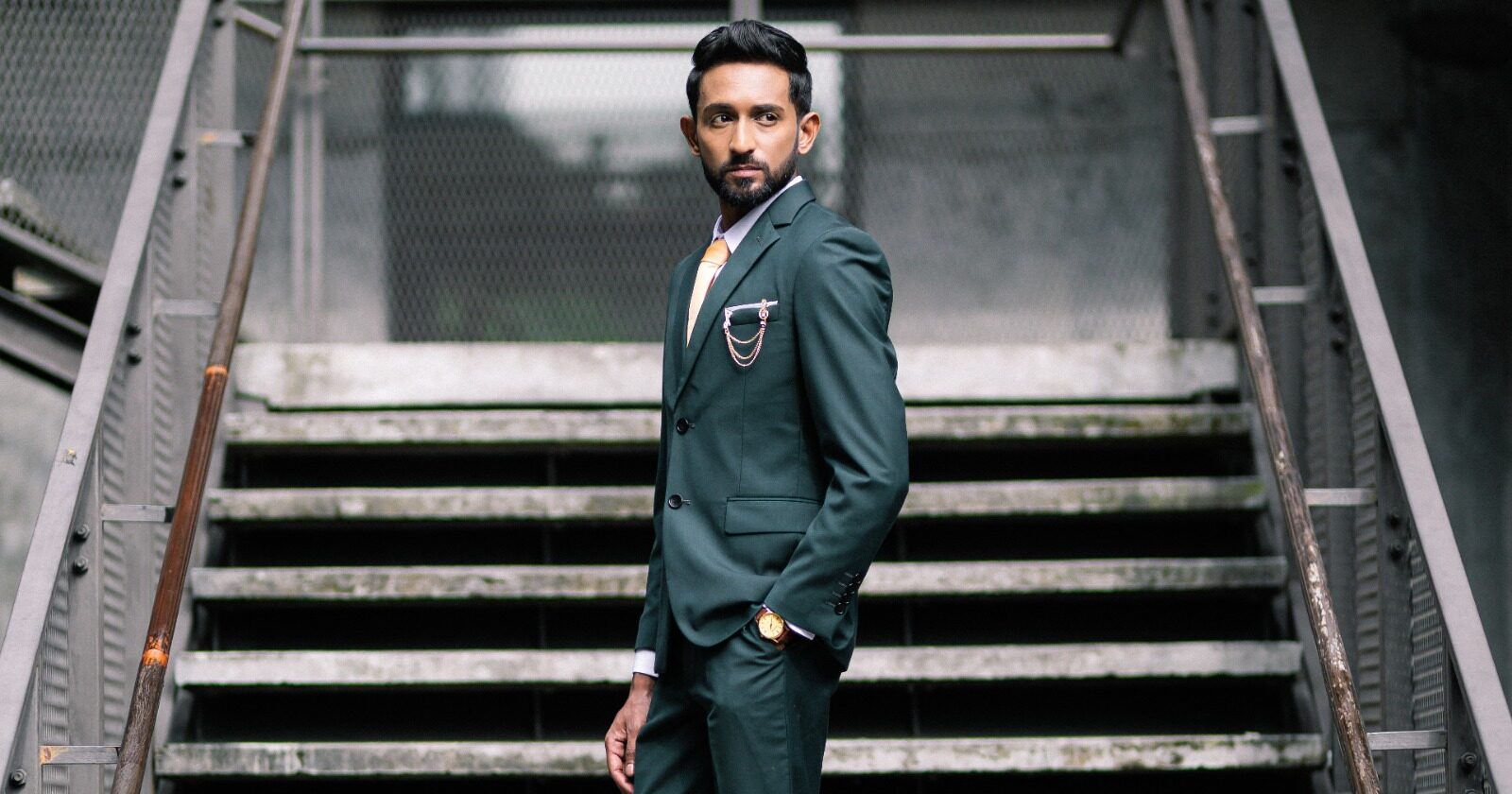National shuttler Kisona Selvaduray became a household name last year when she won the gold medal at the ladies singles’ event in the 2019 SEA Games, making Malaysia beam with pride.
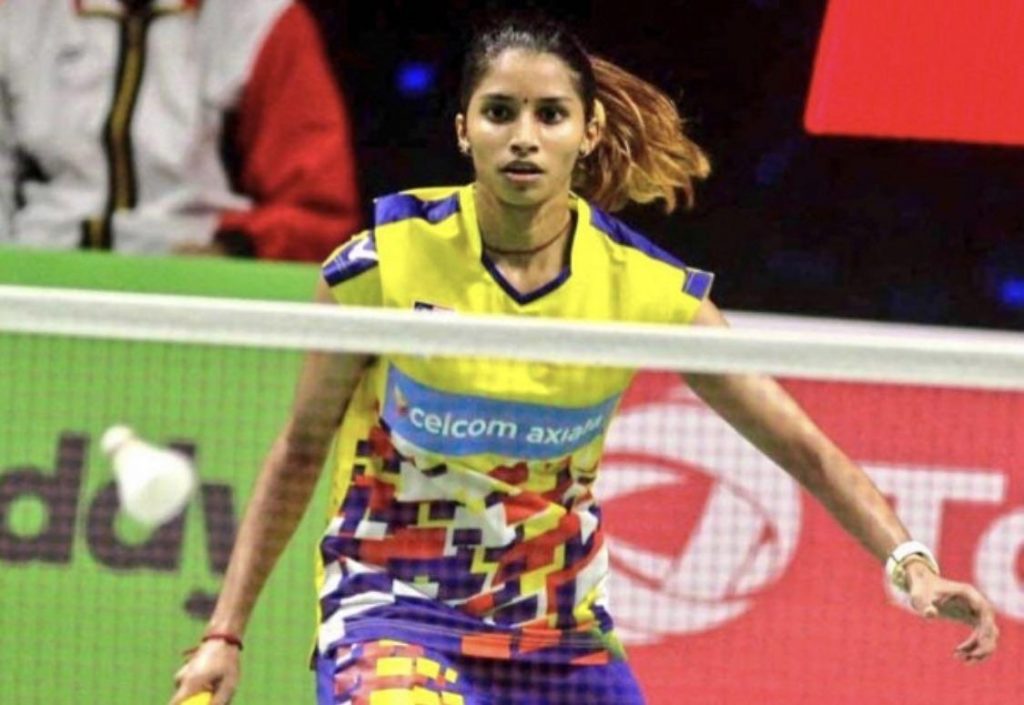
The Negri Sembilan lass who hails from a family of athletes opens up to the Varnam team about the sport, her injuries and how she bounced back into the game. She speaks fondly of her pillars of strength, her policeman father, A. Selvaduray, mother S. Valarmathi and her siblings, Thinagaran, Mahendran and Kanmani.
Varnam (V): How’s the movement control order (MCO) been for you?
Kisona (K): So far so good, I come from a strict family, so this quarantine is a norm for me! (laughs) We have been training online every day, via Zoom. Our coach guides us, focusing on strength and conditioning, as well as endurance training.
V: Has badminton been a constant in your life, since childhood?
K: Badminton always been in my life. I used to love basketball, while my siblings all adored badminton. Being the youngest, I was the last to pick the sport up.
I remember telling my father that I didn’t like badminton when I was very young. He said, “Don’t see the sport for what it is now. Think of how much you can achieve in the next 10 or 15 years, what the sport can do for you,”
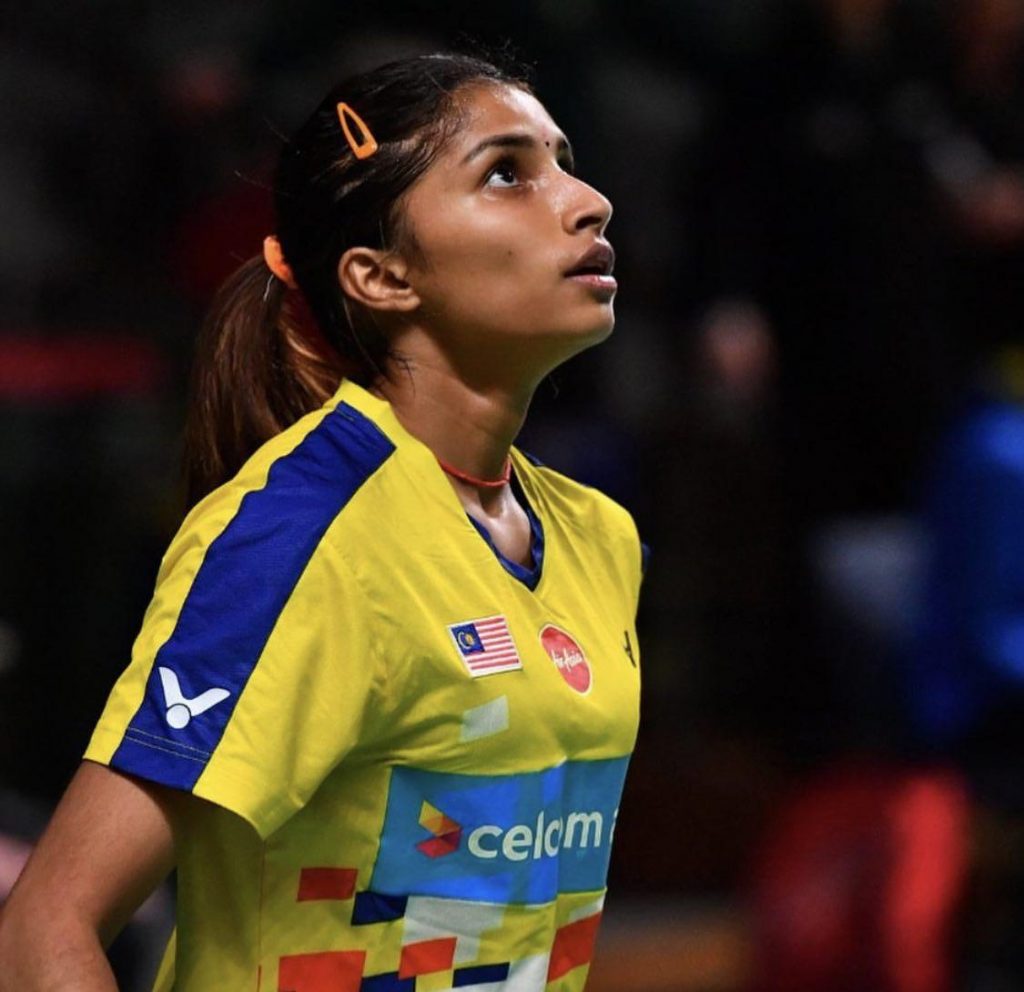
So I began from the basics and picked it up quickly. I started winning small tournaments. I enjoyed that! (laughs) I realised that I had this talent inside me, that kind of pushed me to play even more. I suppose when you start winning, that is kind of infectious, and you feel like doing more to get that high.
Now that I look back at what my dad said, I realise that truer words haven’t been spoken. I see a future in badminton now, thanks to him.
V: Your parents encouraged to choose badminton as a career path, while most parents from our community would rather their children focus on studies. What are your thoughts on this?
K: Both studies and sports are important. What is more important is for the child to be able to balance both. For me, personally, I refused to allow badminton to affect my studies. When I was schooling in Bukit Jalil Sports School (BJSS), I would go for tuition after training daily.
Both studies and sports are important. What is more important is for the child to be able to balance both.
I’m not saying that I’m excellent in studies or anything, but I never neglected it. Of course, some athletes have excelled in both areas, like Datuk Nicol David. But that’s not my level lah! (Laughs)
Youngsters who are very keen on sports need to talk to their parents and reason out their choices.
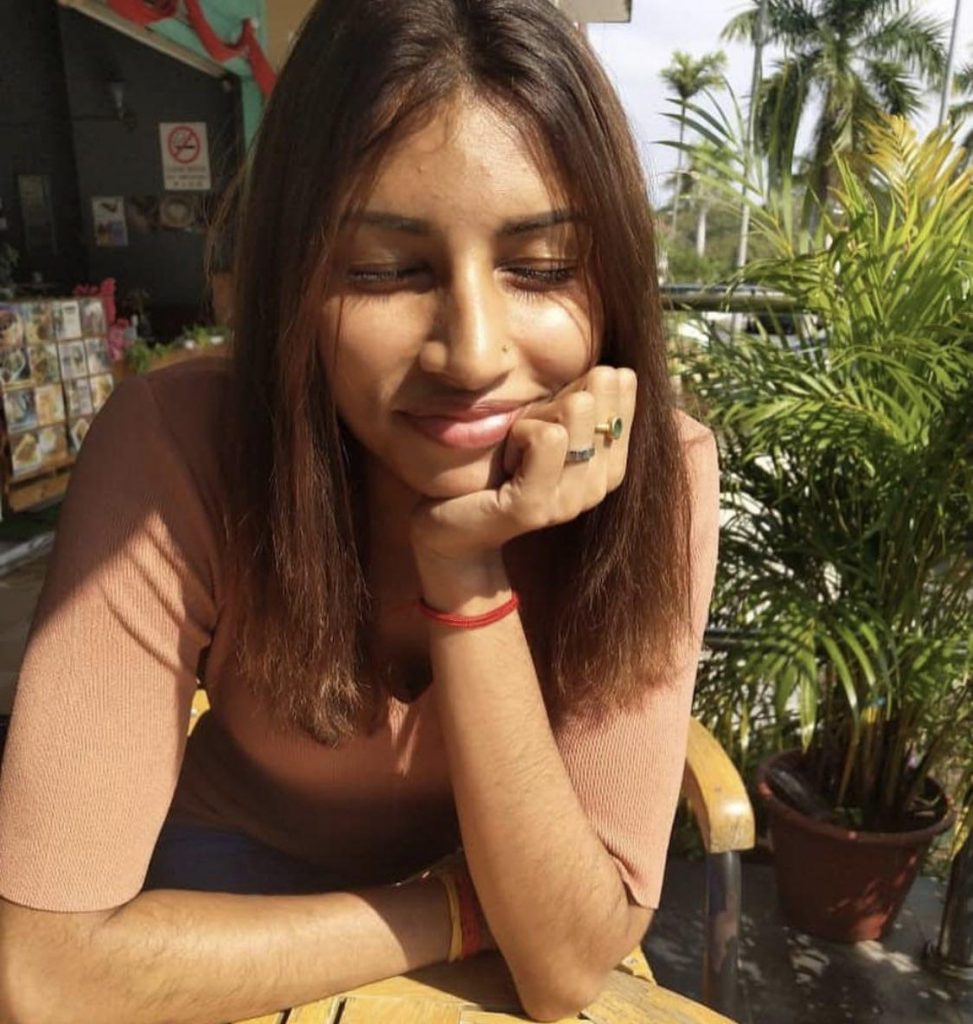
V: Back in 2014, you had a very serious injury. What was that period like, and how did you bounce back?
K: Yes, it was at the BWF World Junior Championships that year, held in Alor Setar. I was playing against China when I twisted my knee. It was so bad, I had to be taken to the hospital immediately. The pain was excruciating. My parents came all the way and they brought me back to Seremban.
I had torn my ACL in that injury. When I went to Institut Sukan Negara (ISN) later on for a consultation, I was told that I needed to undergo a surgery. The thought of a surgery terrified me. I didn’t want to go through with it. But the doctors said that if I didn’t undergo the surgery, I will not be able to play badminton professionally. If I wanted to continue in the sport, I needed to face my biggest fear.
If I wanted to continue in the sport, I needed to face my biggest fear.
V: What did you do then?
K: Thanks to my fear, I felt like it was easier to quit badminton than to undergo the surgery. I spoke to my parents about it. My mum was the one who motivated me. She said, “You can be back on the courts if you undergo this surgery,”
Picturing that, I agreed to do it. You know how they say you only have your family by your side at the end of the day? That’s how it was for me. My parents and my siblings supported me throughout that crucial time.
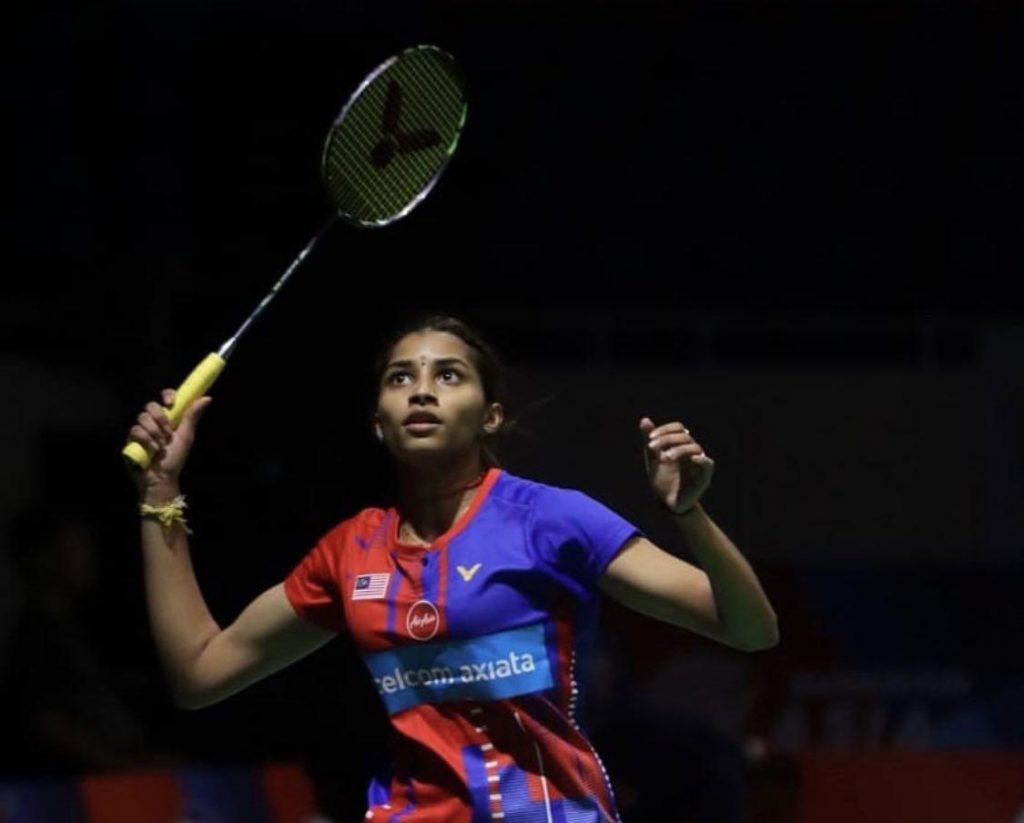
V: How did you bounce back from that?
K: After recovering from the surgery, I had to return to BJSS, as I was sitting for my Sijil Pelajaran Malaysia (SPM) exams the same year. In addition to that, I had to go to ISN for rehabilitation too.
This was really challenging. I was using crutches and it took me a while to get into the groove. I slowly recovered and began to play, but I was nowhere near the old Kisona.
I had a phobia of another injury every time I played. Rationally, I knew that I needed to forget the phobia, but that is so much easier said than done. Only I knew the pain.
I remember my first tournament back, I lost in the second round. My mum had come all the way to watch me play. I remember looking at her and feeling so upset, like I had let her down. I went home and cried my eyes out. She comforted me, of course.
V: Apart from your family, who else motivated you to keep training?
K: My coaches really motivated me, I eventually got over my trauma and was able to train like before. I owe a lot to my coaches, Datuk Tey Seu Bock and Loh Wei Seng. They really helped me throughout the ordeal.
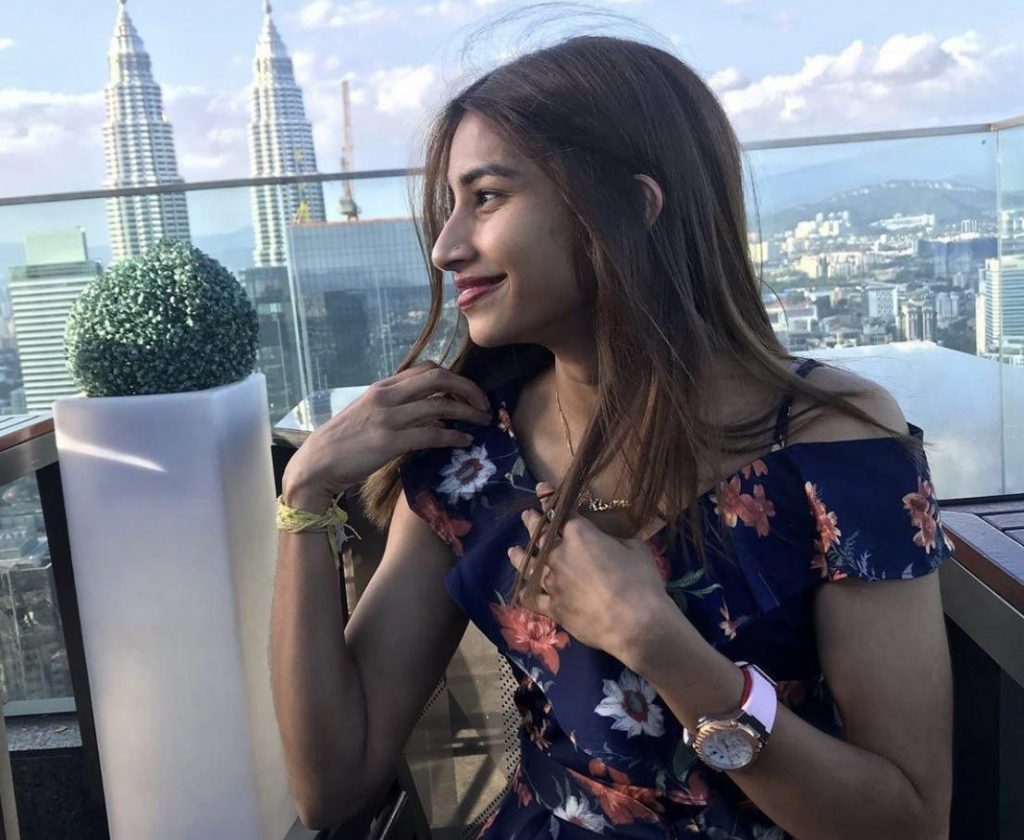
V: Was there some negativity when you came back to play?
K: Yes. It was stressful at times. People would ask me, when are you going to perform? When I began playing after recovering, people used to say, Kisona isn’t the same as before, she can’t play well now, things like that.
I chose not to care and just ignored the negativity. Whatever you do, people will talk. Only I know the hurdles I am facing and my determination to overcome them. So I just ignore what the randoms say.
I’m a let-it-go-with-the-flow kind of person. I don’t sit there and dwell on what people have said. That helps.
V: Lets talk about that SEA Games match that you clinched the gold medal in. You were a replacement at first. Did this drive you to give your all?
K: I had a spot in the team event, but I was a replacement for another player in the individual event. I knew that my opponent is very strong, as I’ve played her before.
I just told myself, at last, you have this opportunity to give it your all. What are you waiting for? From the start to finish, I gave that match my all, and it worked out in the best way possible.
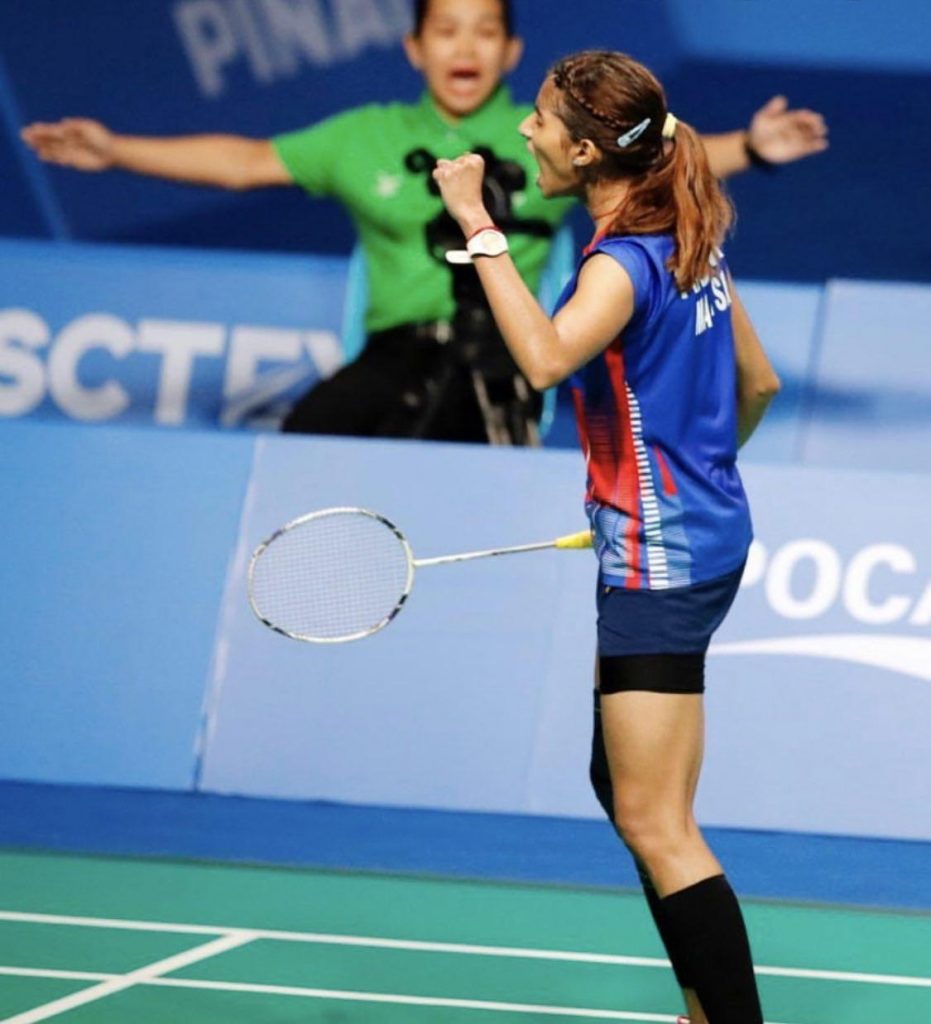
V: Do you do that with every match, focus on your game instead of the medal?
K: You know, its funny. Before my injury, my target was to play in the SEA Games. In 2017, I was not fully recovered so I could not play. I figured that my time just hasn’t come.
When I finally got to the SEA Games last year, I just did my best. With the motivation of my family and the guidance of my coaches, it bore fruit. I go into all my tournaments with the same mindset. Not to win a medal or anything, just to give it my 100%.
It makes a difference that I love what I do, so it doesn’t feel like work at all. (laughs)
V: Is this what you would advise the youth of today to do as well?
K: Completely. Whatever you’re doing, do it wholeheartedly. Focus on it. If you are doing something halfheartedly, it means that you either don’t love it or you’re not going to excel.
If you are doing something halfheartedly, it means that you either don’t love it or you’re not going to excel.
If you want success in sports, give it your all. Choose wisely and then prioritise. Pick what resonates with your heart.
Parents send their children for all sorts of sports and classes. This is fine for exposure, but it also means that the child will not be able to grasp that one sport completely. My advice is, pick the sport your child loves and focus on that.
Also, understand that it isn’t going to be easy. I was not born a badminton player, it took years of training to make this my career. That’s where the focus comes in.

V: Brilliant! What is your dream, Kisona?
K: I want to win a medal, any medal in the Olympics. I want to see Malaysia’s flag be raised as I stand on the podium. Any tournament I partake in, all I want is to see the Jalur Gemilang fly high.
Kisona is now in the running to be Malaysia’s hope in the 2024 Paris Olympics. We cannot wait for her get on that podium.
Keep up with Kisona on Instagram here.
Cover image credits of How KT
Follow us on Instagram, Facebook or Telegram for more updates and breaking news.


